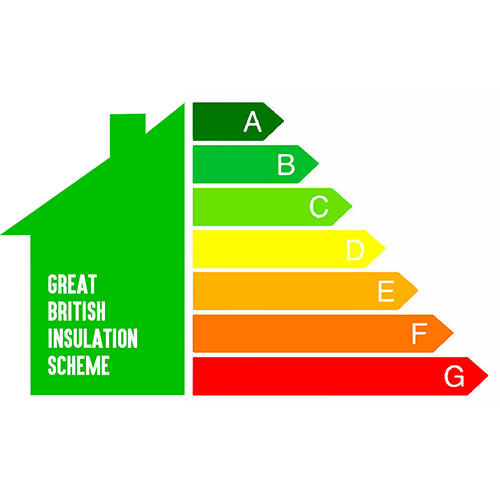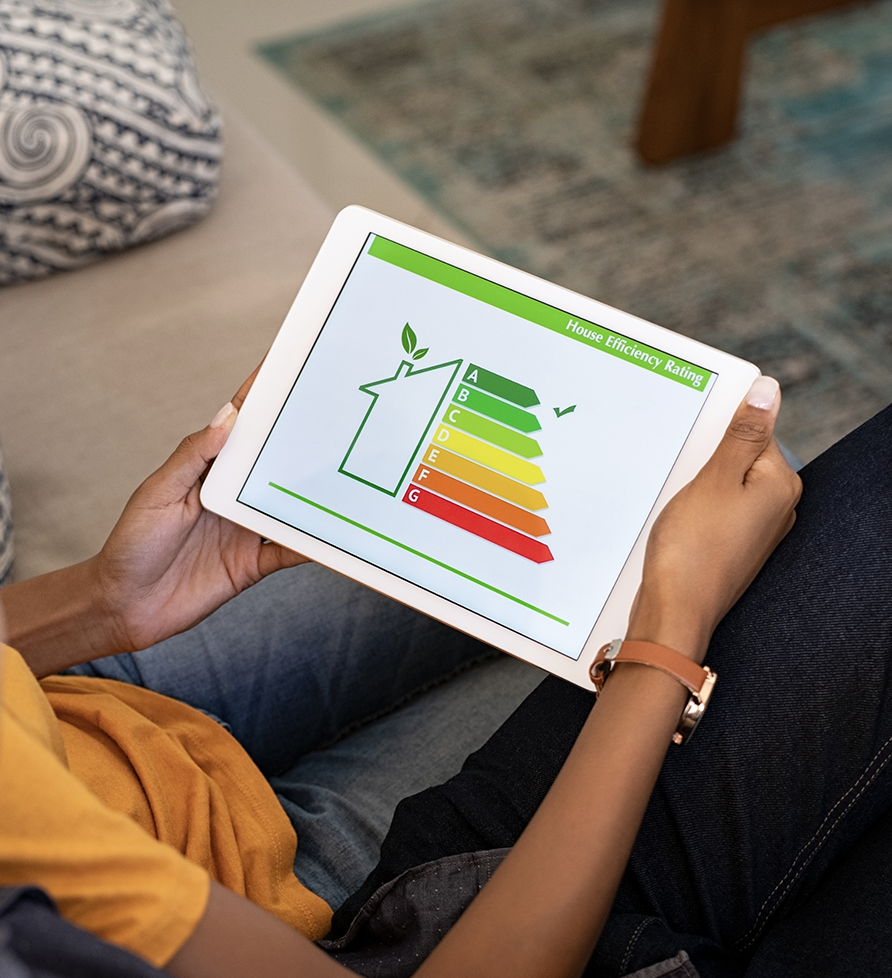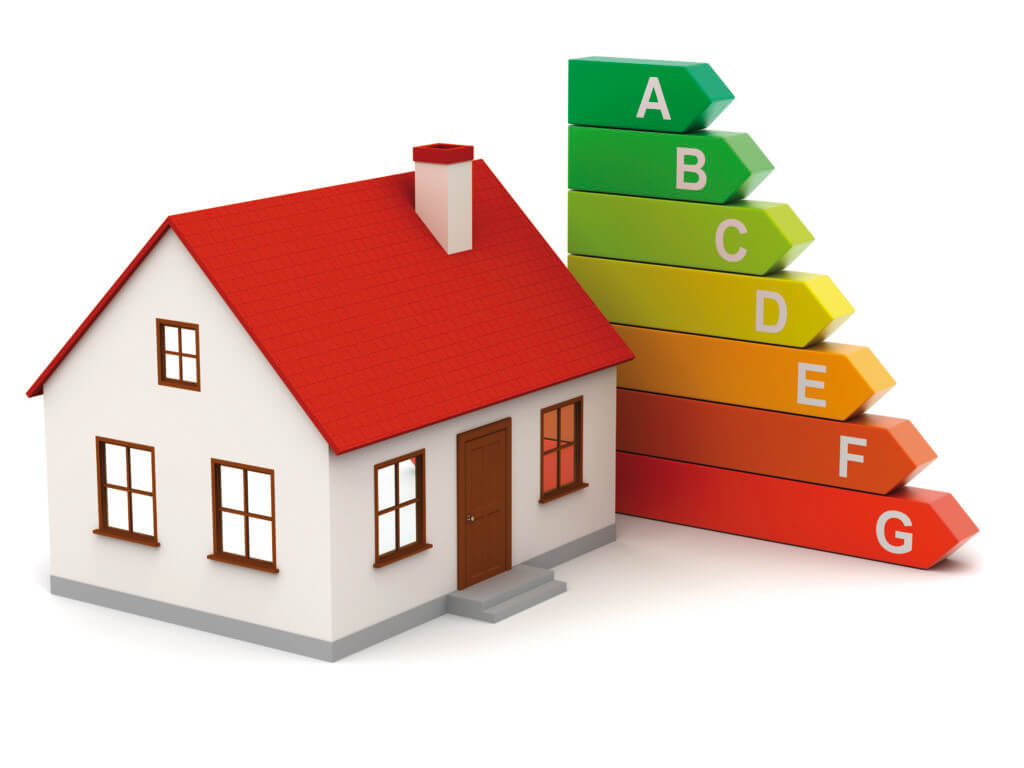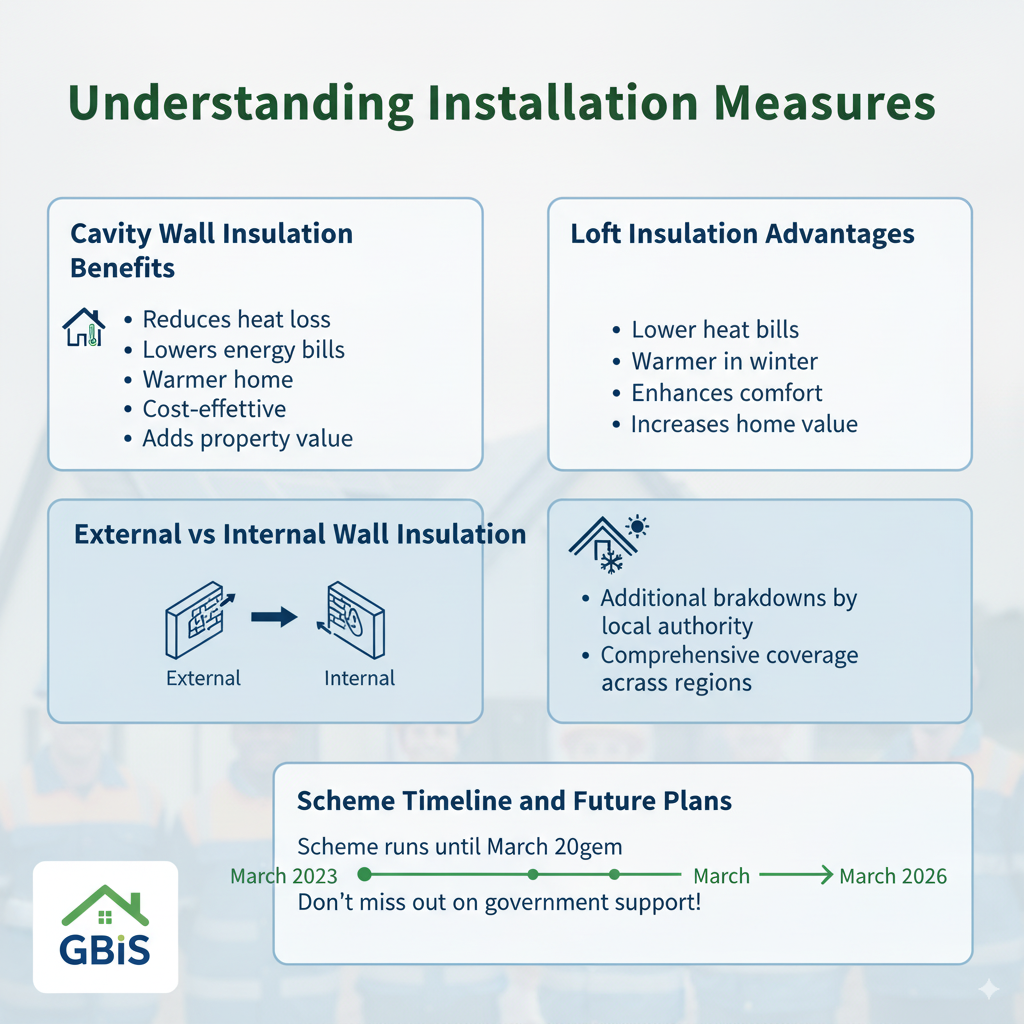The Great British Insulation Scheme (GBIS): Your Complete Expert Guide for 2025

As an ECO4 expert, I’ll provide you with the most comprehensive and up-to-date guide to the Great British Insulation Scheme, helping homeowners, tenants, and landlords understand how this government initiative can help improve home insulation while saving money on energy bills.
Latest Updates as of September 2025
Mid-Scheme Changes Implementation
Following the government consultation on mid-scheme changes to ECO4 and GBIS, it is now permitted for two insulation measures to be installed in a household under GBIS under certain circumstances, rather than just one. This significant change enhances the scheme’s flexibility and effectiveness.

How Does the Great British Insulation Scheme Work?
The scheme works by obligating energy suppliers to help customers reduce their heating bills through the installation of energy efficiency measures. The cost of these measures may be partially or fully subsidised, depending on the proposed measure and any property issues.
However, in contrast to ECO4’s ‘whole house’ approach, the GBIS scheme focuses on delivering single insulation measures (now potentially two under certain circumstances). The scheme complements the ECO4 scheme, providing a targeted solution for specific insulation needs.

Low-Income Group Eligibility
Property Requirements for Low-Income Group:
- Homeowners with an EPC rating of D to G
- Private tenants with an EPC rating of D or E
General Group Eligibility
The general group is for homeowners with properties that meet specific criteria:
- EPC rating of D or below
- Council tax band of A to D in England
- Council tax band of A to E in both Wales and Scotland
Additional Qualifications Required
To qualify for the GBIS scheme, applicants must:
- Own their home or have permission from their landlord
- Require an energy efficiency upgrade
- Meet the income thresholds for eligibility
| Eligibility Category | Property Type | EPC Rating | Council Tax Band | Benefits Required |
| Low-Income Group | Owner-occupied | D-G | Any | Yes |
| Low-Income Group | Private rental | D-E | Any | Yes |
| General Group | Owner-occupied | D-G | A-D (England), A-E (Wales/Scotland) | No |
What Does the Great British Insulation Scheme Cover?
The Great British Insulation Scheme focuses on all types of home insulation measures available under the program:
Primary Insulation Measures
- Cavity Wall Insulation: Fills the gap between your home’s inner and outer walls with insulating material
- Solid Wall Insulation: Available as internal or external installation
- Loft Insulation: Involves adding insulating material to your attic or loft space
- Flat or Pitched Roof Insulation: Prevents heat from escaping through the roof
- Underfloor Insulation: Reduces heat loss through floors
- Solid Floor Insulation: Improves thermal performance of solid floors
- Park Home Insulation: Specialized insulation for mobile homes
- Room-in-Roof Insulation: Targets specific roof spaces
Secondary Measures
In some cases, secondary measures such as room thermostats may be available for households in the low-income group, enhancing overall energy efficiency.
The Application Process: Step-by-Step Guide
Ready to see if you qualify for the Great British Insulation Scheme? Here’s what to expect from the process:
Step 1: Check Your Eligibility
Using available online forms, enter your details and answer a few questions. Energy suppliers and accredited installers can help determine if you qualify for the scheme.
Step 2: Home Survey
If you qualify, a home survey will be scheduled where an expert will assess your home to determine the best insulation measures. The retrofit assessment will analyze which installation measure is likely to have the biggest impact on cutting your home’s energy use and carbon emissions.
Step 3: Installation Assessment
A selection of tools will be used throughout the retrofit assessment. However, homeowners will be pleased to know that the assessment is non-invasive, with no drilling or hammering into walls required.
Step 4: Book an Install
After your home survey, an installation date that works for you will be scheduled with accredited installers.
Step 5: Enjoy a Warmer Home & Start Saving
Professional installation teams will get to work on installing your insulation so you can start enjoying a warmer home and reduced energy costs.
Understanding Installation Measures
Understanding Installation Measures
Cavity wall and loft insulation help reduce heat loss, cut energy bills, and improve comfort by keeping homes warmer in winter and cooler in summer. Both are cost-effective upgrades that add value to a property. External and internal wall insulation are also widely adopted across regions, offering comprehensive energy efficiency improvements. Together, these measures make homes more sustainable, reduce carbon emissions, and support long-term energy savings. Investing in insulation is a simple step toward a greener, more comfortable home. It also future-proofs your property against rising energy costs. Plus, it contributes to achieving national net-zero goals.

Cavity Wall Insulation Benefits
Cavity wall insulation reduces heat loss, lowers your energy bills, and keeps your home warmer. It’s a cost-effective way to boost comfort and add value to your property.
Loft Insulation Advantages
For homeowners, loft insulation means lower energy bills, a warmer home in the winter, and a cooler one in the summer. It’s an easy way to enhance comfort, reduce energy costs, and increase your home’s value all year round.
External vs Internal Wall Insulation
Recent statistical releases include additional breakdowns of External Wall Insulation and Internal Wall Insulation measures installed by local authority and parliamentary constituency, showing the comprehensive coverage across different regions.
Scheme Timeline and Future Plans
The scheme runs until March 2026, as confirmed in the latest government updates. The scheme is scheduled to run until March 2026, with statistics based on data provided by Ofgem covering installations of measures since the start of the scheme at the end of March 2023.
Don’t miss out on this opportunity to improve your home’s energy efficiency and reduce your energy bills through government support.
Special Considerations for Different Property Types
Landlord Eligibility
Yes, the Great British Insulation Scheme is open to landlords looking to improve the energy efficiency of their rental properties. Landlords can apply for funding to install various insulation measures that can help reduce energy bills and make properties more attractive to tenants.
Funding Levels
The GBIS funding aims to provide either full or partial funding for the installation of insulation measures in eligible homes. While some households may receive these improvements at no cost, others might need to contribute a portion of the costs. The level of funding available often depends on individual circumstances, such as income and property type.
Regional Coverage and Implementation
The scheme operates across Great Britain, with analysis shown by measure type and geographical region as part of the scheme monitoring. This ensures comprehensive coverage and targeted support where it’s needed most.
Performance Metrics
The scheme targets around 300,000 people who can benefit from the program, with current progress showing steady uptake across the country. The average saving of £300-£400 per year makes this a significant financial benefit for eligible households.
Working with Trusted Installers
- Accredited insulation installers
- Experienced in GBIS installations
- Rated excellent on review platforms like Trustpilot
- Capable of delivering thousands of successful installations
Quality Assurance
Professional teams guarantee top-notch installation of your insulation, ensuring maximum energy efficiency improvements and long-term performance.

Maximizing Your Benefits
Energy Performance Improvements
The scheme focuses on delivering the most impactful improvements to your home’s energy performance. Through professional assessment, installers can determine which measures will provide the biggest reduction in energy use and carbon emissions.
Long-term Value
Beyond immediate energy bill savings, the improvements add value to your property while contributing to the UK’s net-zero goals. The enhanced comfort from better insulation keeps homes warmer in winter and cooler in summer.
How to Apply and Get Started
For more information on the Great British Insulation Scheme and details of how to apply, visit the government webpage or contact accredited installers who can guide you through the process.
The application process is designed to be straightforward:
- Complete eligibility assessments
- Schedule professional property assessments
- Receive detailed installation proposals
- Book convenient installation dates
- Start enjoying improved home comfort and energy savings
Conclusion
The Great British Insulation Scheme represents one of the most significant government initiatives to help households improve energy efficiency while reducing costs. With recent enhancements allowing for multiple measures under certain circumstances, expanded eligibility criteria, and continued funding through March 2026, there has never been a better time to take advantage of this program.
Whether you’re a homeowner looking to reduce energy bills, a tenant seeking improved comfort, or a landlord wanting to enhance property value, GBIS offers substantial support for energy efficiency improvements. The scheme’s focus on helping those who need it most, combined with professional installation by accredited experts, ensures maximum impact and long-term benefits.
Don’t miss out on this opportunity to transform your home’s energy performance. Check your eligibility today and take the first step towards a warmer, more efficient home with reduced energy costs for years to come.
